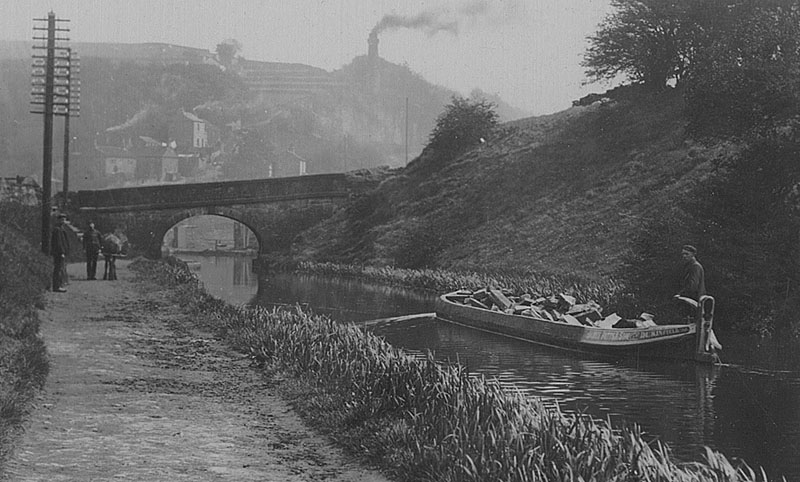
The Macclesfield Canal was one of the last narrow canals to be built, indeed, it was very nearly built as a railway! A variety of ideas were proposed and the present canal was approved by Act of Parliament in April 1826. The route of the canal was surveyed by Thomas Telford and construction was engineered by William Crosley. The completed canal was opened on 9th November 1831 at a cost of £320,000.
Later it passed into the hands of the Mancherster Sheffield and Lincoln railway. Commercial carrying finished only in the 1960’s shortly before British Waterways was formed.
The canal is noted for its fine stone bridges – particularly the six change or snake bridges where the towpath changes sides of the canal. These bridges were designed to allow the horse to move over without having to untie it from the boat.

During the mid 1980’s The Macclesfield Canal Society restored the milestones along the whole course of the canal. The society normally regards them as unique as they know of no other canal that has stone mile markers of these size and quality. There are a couple of similar stones on the Cromford canal.
The Macclesfield’s very stout stones had mostly been buried during the second world war as a precaution against enemy soldiers using them to find their way! All but three stones were dug up and re-erected. The three could not be found so they were replaced with new stones cut from Kerridge Hill. Many of the quarter mile stones were also lifted. This project lead to the society’s quarterly magazine being called Milestone.